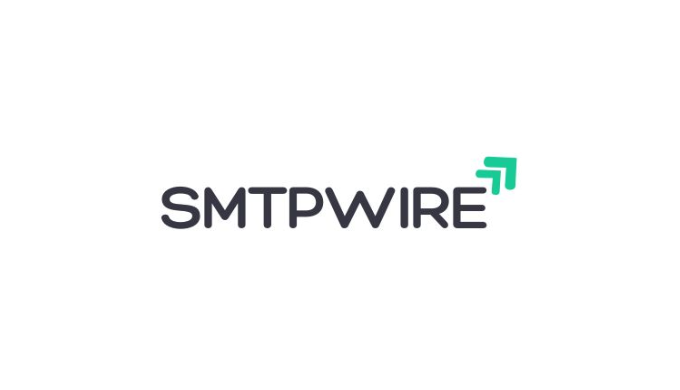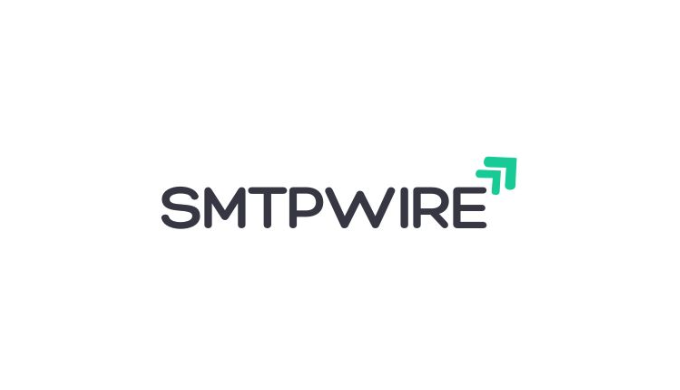How Email Warm-Up Improves Deliverability for New Domains

Strong 8k brings an ultra-HD IPTV experience to your living room and your pocket.
Launching a new email domain can be exciting, but it often comes with hidden challenges—especially when it comes to email deliverability. Many marketers overlook the need to warm up a new domain before sending large campaigns. Yet, warming up your email is one of the most effective strategies to avoid spam folders and build a solid sender reputation from day one.
With expert tools and services offered by providers like SMTPWire, businesses can automate and simplify the warm-up process, ensuring smoother email marketing results.
What Is Email Warm-Up?
Email warm-up is the practice of gradually increasing the number of emails you send from a new domain or IP address. Instead of blasting thousands of emails on the first day, you start small—sending to highly engaged recipients—and then slowly raise the volume over days or weeks.
This approach signals to mailbox providers (like Gmail, Outlook, Yahoo) that you’re a genuine sender and helps you avoid being flagged as spam.
Why New Domains Need Warming Up
When mailbox providers see emails coming from a brand-new domain or IP, they automatically become cautious. They have no sending history to judge your reputation. If you send large volumes immediately, providers might suspect spam or phishing activity.
Email warm-up helps your domain build trust over time by:
Showing consistent, low spam complaint rates
Proving you’re sending to real, engaged users
Creating a positive sender reputation
Using services like SMTPWire makes it easier to manage this process automatically.
Steps in the Email Warm-Up Process
1. Start with Low Volume
Send only a small number of emails daily—often around 20–50 at first.
2. Send to Engaged Contacts
Target people who are likely to open, read, or reply. Positive engagement tells mailbox providers that your emails are wanted.
3. Gradually Increase Volume
Over 2–4 weeks, slowly ramp up your daily sending volume. Avoid big spikes which can trigger spam filters.
4. Monitor Performance
Track open rates, bounce rates, and spam complaints. High complaint rates early on can hurt your reputation.
With an experienced SMTP provider like SMTPWire, many of these steps can be handled by automated warm-up tools.
Why Manual Warm-Up Is Hard
Doing this process manually takes time, planning, and careful tracking:
You need to decide daily send limits
Monitor deliverability metrics
Adjust volume based on engagement
Even small mistakes can lead to your domain being blacklisted. Providers like SMTPWire reduce this risk with built-in warm-up features.
Benefits Beyond Deliverability
Email warm-up doesn’t just help you land in inboxes:
Builds a healthier list by removing invalid addresses early
Gives time to test different subject lines and content styles
Helps spot technical issues (like missing SPF, DKIM, or DMARC) before big campaigns
Starting slowly helps you refine your strategy, leading to better engagement in the long term.
Warm-Up for Dedicated IPs vs Shared IPs
If you’re using a dedicated IP address, warm-up is essential. The IP starts with no reputation, so mailbox providers watch carefully.
On a shared IP, the sending reputation is shared across multiple users. While this helps new senders benefit from existing reputation, you have less control over deliverability.
Businesses that plan to scale often choose a dedicated IP and manage warm-up with help from SMTP providers like SMTPWire.
Combining Warm-Up With Best Practices
Warm-up isn’t the only deliverability tactic. It works best when combined with:
Proper email authentication (SPF, DKIM, DMARC)
High-quality, relevant content
Clean, verified email lists
Consistent sending schedules
These practices together ensure your emails build trust and engagement over time.
FAQs About Email Warm-Up
Q1: How long should I warm up a new domain?
Most businesses warm up over 2–4 weeks, but the timeline depends on your target volume.
Q2: Can I skip warm-up if my list is small?
Even small senders benefit. Warming up builds reputation slowly, which helps avoid sudden deliverability drops.
Q3: Is automated warm-up better?
Yes. It saves time and reduces errors by adjusting sending volume based on real engagement.
Q4: What happens if I don’t warm up?
Your emails might go to spam, get blocked, or damage your sender reputation—making recovery harder later.
Conclusion
Email warm-up isn’t just a technical step—it’s a critical part of launching a new domain or IP for email marketing. It helps protect your sender reputation, avoid spam folders, and ensures your emails reach your audience.
While manual warm-up can be time-consuming and complex, trusted providers like SMTPWire offer automated tools that make the process smoother and safer.
If your business depends on email marketing for growth, taking the time to warm up your domain properly is an investment in long-term deliverability and brand trust.
Note: IndiBlogHub features both user-submitted and editorial content. We do not verify third-party contributions. Read our Disclaimer and Privacy Policyfor details.






